Werewolves in the Wizarding World
March 31, 2020—It’s somehow appropriate that, with the world’s attention currently directed towards an infectious disease, Dwelling on Dreams has spent two episodes discussing a victim of a magical infectious disease, Remus Lupin (and no, we didn’t plan it that way). Feel free to pass the quarantined time by listening to Part 1 and Part 2!
Of course, there is far more to Lupin than his furry little problem, but since he’s the only werewolf of whom we get a close-up look, he’s the go-to reference for lycanthropy in JK Rowling’s universe. But let’s zoom out from Remus and look at the condition from a wider perspective. What do we know about werewolves in the Wizarding World?
The disease is spread by a bite during the full moon.
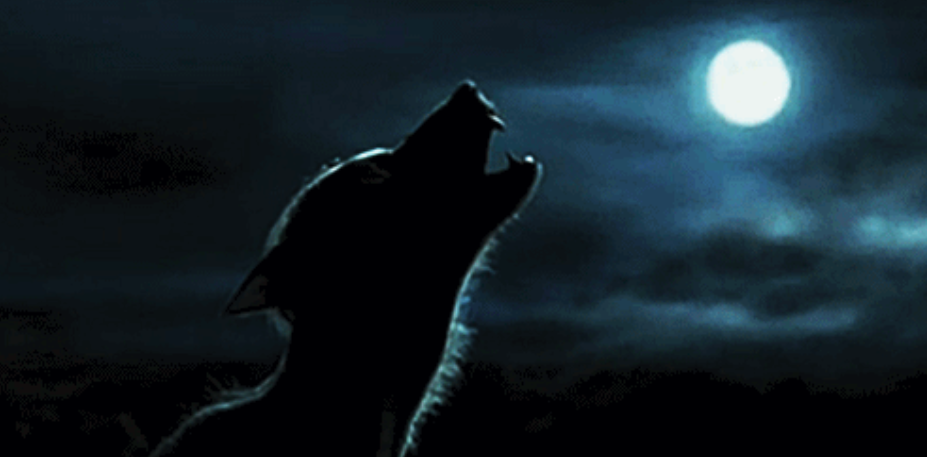
The only way to become a true werewolf is for a fully transformed one to bite you during the full moon, full stop. It’s specifically pointed out that, based on the example of Teddy Lupin, lycanthropy can’t be inherited from one’s parents. Of course, a scratch or bite from a werewolf outside of the full moon can cause a person to take on a few wolfish characteristics such as a fondness for rare steak, as in the case of Bill Weasley.
More interestingly, though, it is possible for two werewolves to conceive children during the full moon. The resulting progeny are full wolves who possess superintelligence. My advice is to not think too hard on the biological implications of a human carrying a litter of wolf cubs to term and to instead be grateful that this fact closes a plot hole introduced in Sorcerer’s Stone.
When a frightened Draco Malfoy stammers about werewolves lurking in the Forbidden Forest, and Hagrid corroborates the idea, they’re not speaking of the traditional werewolves that we meet two books later. A pack of these hyper-intelligent wolf offspring actually live in Hogwarts’s Forbidden Forest at the Headmaster’s pleasure.
The transformation is painful and violent.
Much like the first Animagus change, a werewolf’s monthly transformation is a deeply painful and scarring experience, in every sense of the word. All the werewolves we meet have physical wounds, sometimes self-inflicted from when the werewolf turns on itself in rage when denied prey. Werewolves also tend to suffer bad health for several days both before and after the night of the full moon.
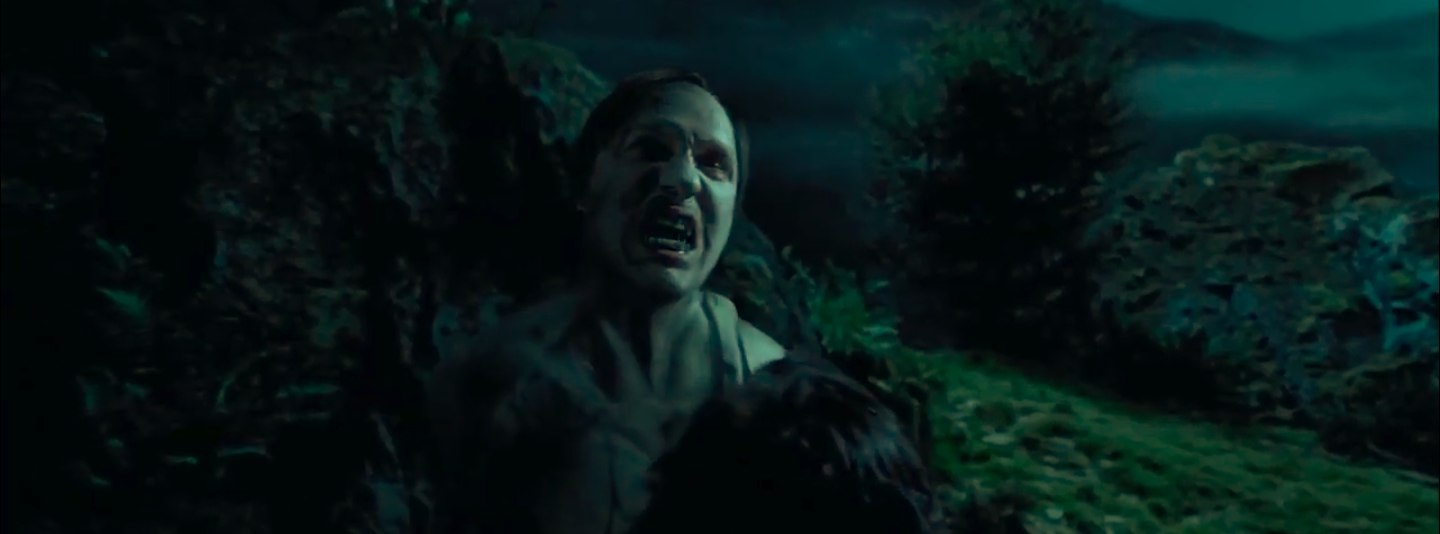
The dangers can be mitigated during the full moon.
Facilities secured with strong spells and physical barriers can contain transformed werewolves so they are dangers only to themselves during the full moon. And since the late twentieth century, Wolfsbane Potion has been available to those lucky few who can afford it to allow a werewolf to keep his or her human mental faculties while transformed. Of course, this potion needs to be drunk daily for a week leading up to the full moon, and missing even one dose nullifies its effects entirely (as she discreetly side-eyes Remus Lupin while he shifts uncomfortably).
Werewolves can be Muggle or magical.
While Muggles can become werewolves, the vast majority are witches and wizards. This due to (a) the lower survival rate of Muggles who suffer a werewolf bite and (b) the higher rate of exposure to werewolves among witches and wizards. After all, many magical humans actively hunt and study werewolves, so they’re much more likely to encounter one and become infected.
Werewolves are pervasively and illogically persecuted.
Werewolves are seen by most witches and wizards as dangerous, evil animals who should be put down. They are discriminated against by both individual citizens and the Ministry of Magic’s (and Dolores Umbridge’s) laws, to differing degrees throughout the history of the Wizarding World. Of course, the laws are hard to enforce, given that few werewolves are willing to reveal themselves by signing up for the Werewolf Registry or by availing themselves of the short-lived Werewolf Support Services offices. But the fact remains that most werewolves live in poverty as outcasts because of the pervasive attitudes that the general populace hold toward them.
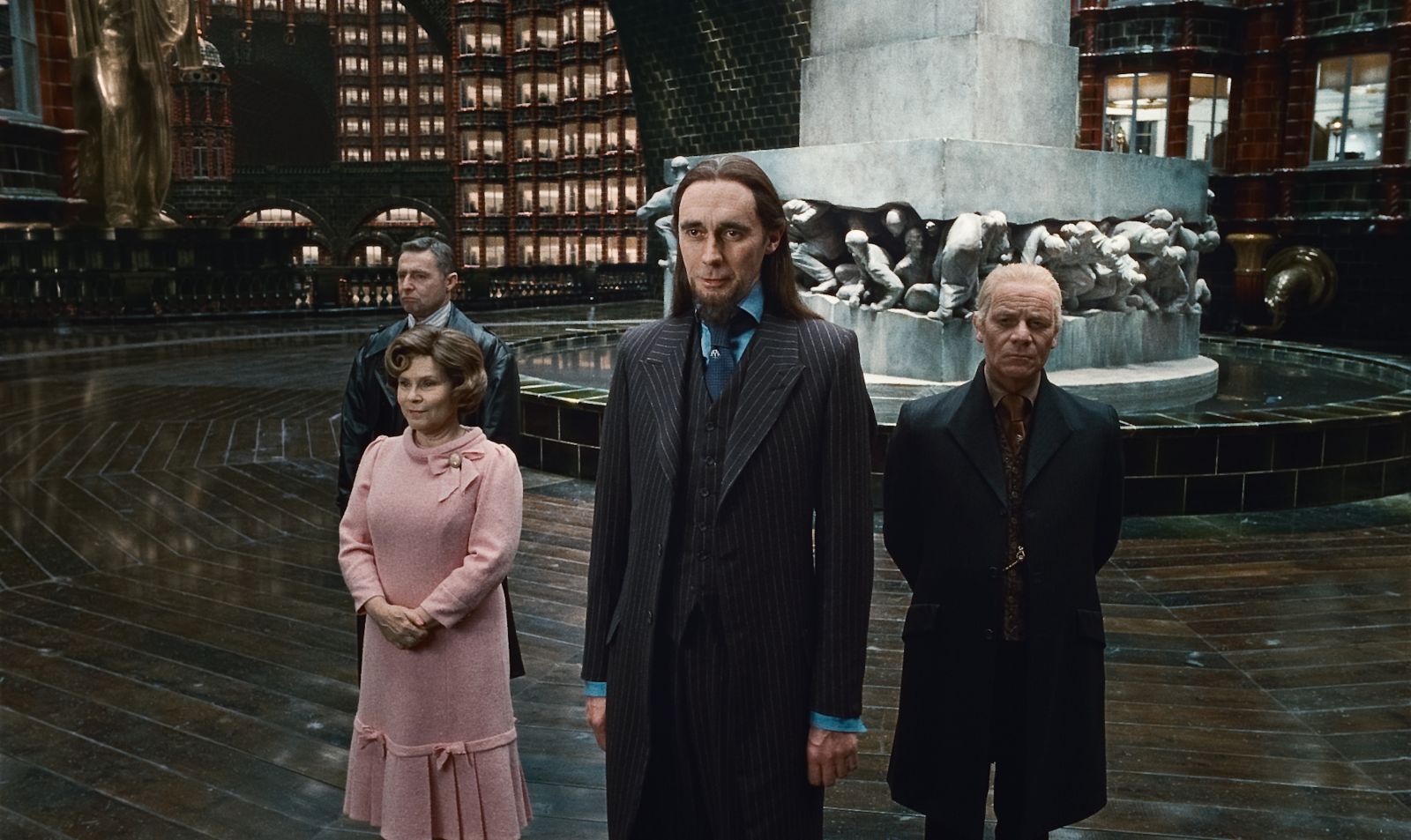
Though never directly addressed in the series, it’s to be hoped that after the Battle of Hogwarts and reorganization of the Ministry that those attitudes and laws would change. With people as influential Harry Potter and Hermione Granger as advocates and so much supporting logic (with the exception of about 150 hours a year, werewolves are normal people no more capable of inflicting harm than anyone else), it’s hard to imagine that there wouldn’t be improvement over time.
Werewolves have intense groupthink…
…or maybe their own governing system. It’s never spelled out, but it seems generally accepted that werewolves regularly act as a unit and have central gathering locations. Many of them follow Fenrir Greyback in his service to Voldemort, and Remus is “sent” to them to sway them to the Order’s side. The word “pack” is never actually used to describe them to my knowledge, but the idea of large groups of them banding together behind a leader is a running thread in the Harry Potter books.
I bear the unmistakable signs of having tried to live among wizards, you see, whereas they have shunned normal society and live on the margins, stealing — and sometimes killing — to eat.
Remus Lupin
The wolf can influence the human, but the degree seems to be somewhat of a personal choice.
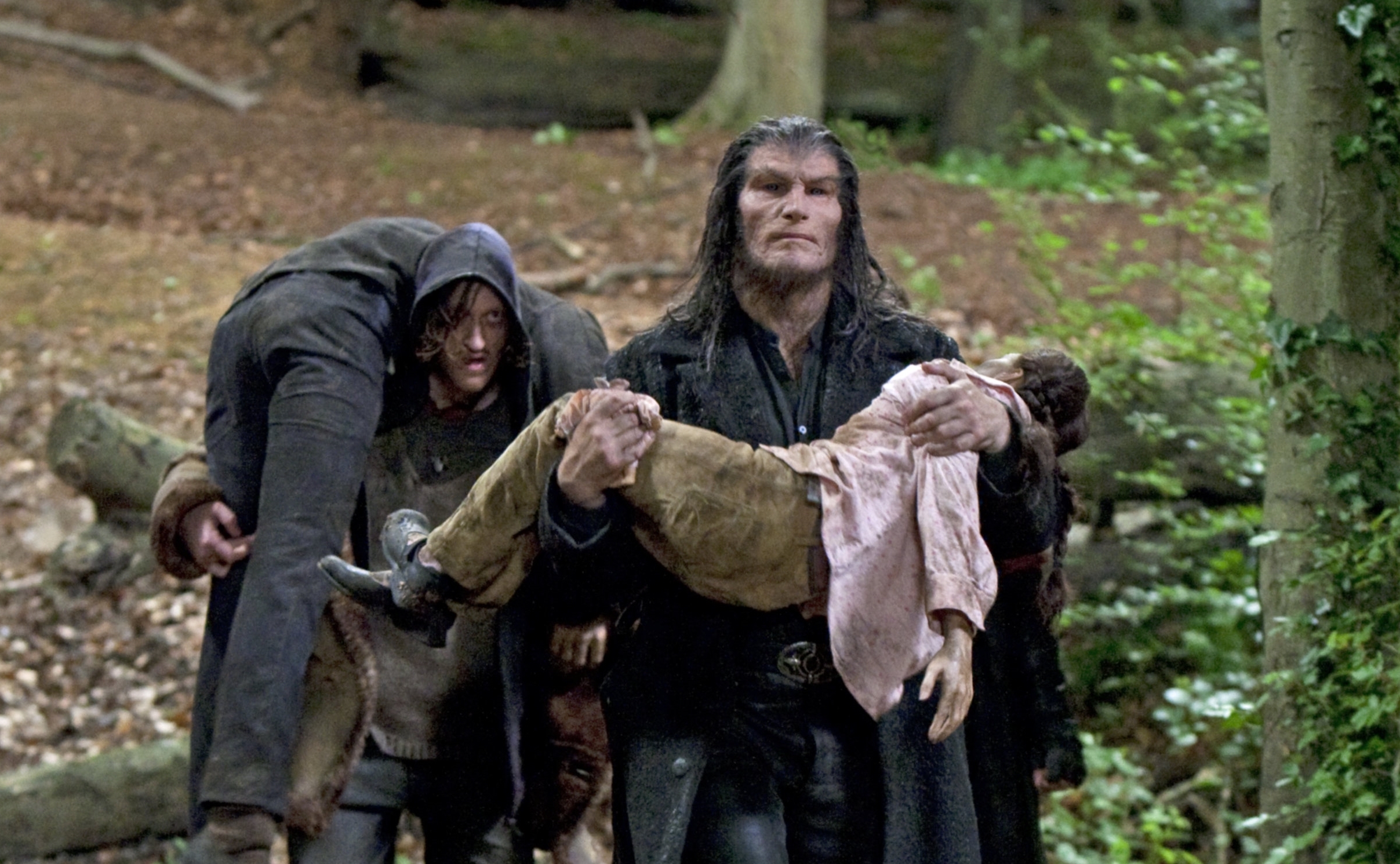
Fenrir Greyback allows and cultivates a feral aesthetic to make his human form appear more like his wolf one. His mannerisms are those of a wild animal, he hints that he participates in cannibalistic behavior, and he even grows out and sharpens his fingernails to points to inflict maximum damage when outside the full moon. (I lied a little before. Werewolves are slightly more dangerous than others in that their scratches and bites leave permanent scars even when inflicted in broad daylight.)
On the other hand, Remus Lupin is a mild-mannered man with rather a refined demeanor. But even he, with all his gentle kindness, has “the shadow of the wolf upon his human face” when he experiences true rage.
Having a wolfish name increases your risk of being infected.
Ok, I’ll admit that this is not actually true. But JK Rowling’s dedication to descriptive names did go into overdrive when it came to werewolves. We only know two: Remus Lupin (read: Wolf-Man Wolfy) and Fenrir Greyback (read: Myth-Wolf Furry-Animal).

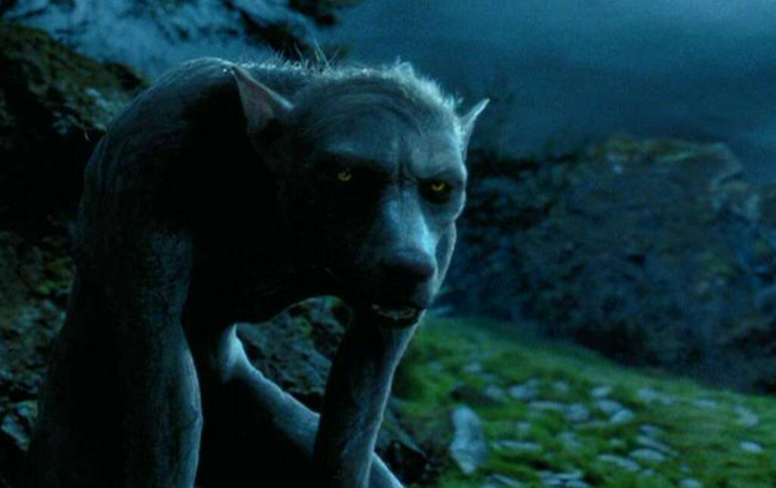
Your article offers an in-depth analysis that deepened my understanding. Thank you for the insights!